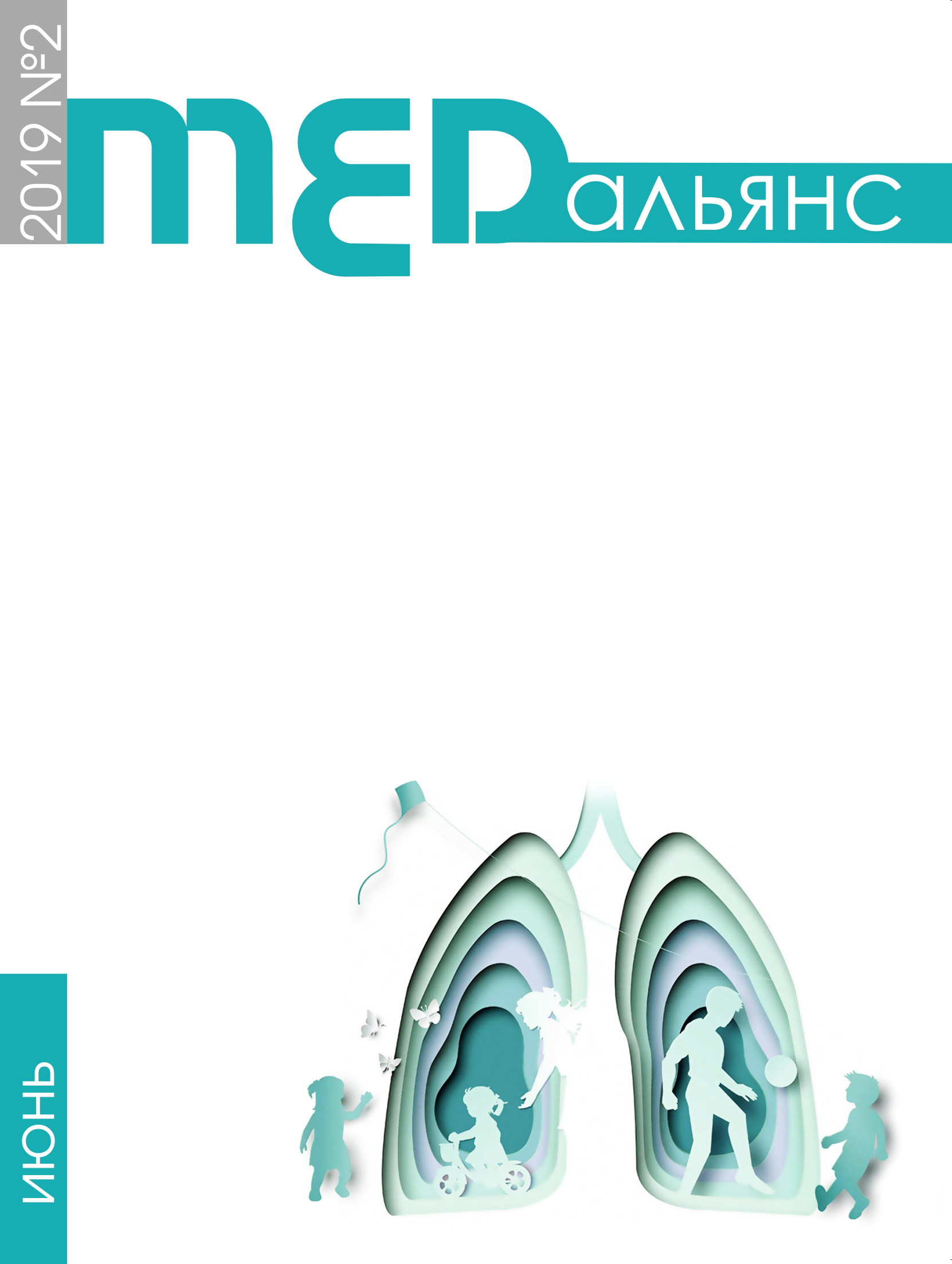Abstract
Summary In the context of reducing the incidence of tuberculosis, a simultaneous increase in the number of patients with HIV infection and HIV-associated pathology, including tuberculosis, the improvement of molecular genetic and bacteriological diagnostics, diseases caused by non-tuberculosis mycobacteria have become more frequent. The purpose of the work is to analyze the available literature data on the problem of mycobacteriosis, diseases caused by non-tuberculous mycobacteria. Results. When analyzing the literature data, it is clarified that a patient with mycobacteriosis does not pose a danger to others, since non-tuberculous mycobacteria belong to conditionally pathogenic flora and the disease is not transmitted from person to person. TB physicians diagnose these diseases in connection with the capabilities of bacteriological laboratories of tuberculosis institutions, and have information about them, while the doctors of practical health care, like the general population, are not well informed about the problem. The difficulties of diagnosis and the high natural resistance of non-tuberculous mycobacteria to antibacterial drugs lead to the development of chronic destructive pulmonary lesions. There are a variety of extrapulmonary lesions in mycobacteriosis. Mycobacterioses can develop both in immunocompromised patients and in patients without risk factors. High-risk groups have been identified and atypical manifestations of mycobacteriosis have been studied, including with combined lesions. There are modern methods of diagnosis of mycobacteriosis, available in TB facilities. Treatment of mycobacteriosis is effective only taking into account the sensitivity of non-tuberculous mycobacteria to anti-tuberculosis drugs and broad-spectrum antibiotics. Conclusion. The information presented in the literature review will expand the knowledge of doctors of various specialties on the issues of epidemiology, clinical manifestations, diagnosis and treatment of mycobacteriosis.

